
# UX154 FDC - 1991 19c Postal Card - Carnegie Hall Centennial
Postal Cards
The United States Post Office Department issued its first postal card in 1873. The original rate was 1¢, and the first U.S. postal card was printed in brown with the image of Liberty inside an ornate oval frame. Modern U.S. postal cards usually have a full-color design as part of the imprinted stamp. To date, more than 370 different U.S. postal cards have been issued since the first appeared 126 years ago. Postal cards make up an enjoyable part of the stamp hobby and are a significant element of U.S. postal history. Add these neat postal cards to your collection today!
Â
Happy Birthday Andrew CarnegieÂ
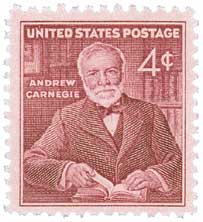
On November 25, 1835, industrialist and philanthropist Andrew Carnegie was born in Dunfermline, Fife, Scotland.
By 1848, Carnegie’s family had fallen on hard times and decided to move to America in search of a better life. They settled in Allegheny, Pennsylvania, where Carnegie’s father found work as a weaver. Young Carnegie started working when he was 13 years old as a bobbin boy in a Pittsburgh cotton factory – his wage was $1.20 per week.
In 1850, Carnegie was hired as a telegraph messenger boy by the Pittsburgh Office of the Ohio Telegraph Company and was paid $2.50 per week. Carnegie worked hard and remembered every location and businessman’s face, forging important connections for the future. He was also able to distinguish and translate the sounds of the telegraph by ear, without need for a paper slip. Within a year, Carnegie was promoted to telegraph operator. He never received a formal education, but read whenever he was able, borrowing books from a local colonel. Funding libraries would one day be a significant part of his philanthropic work.
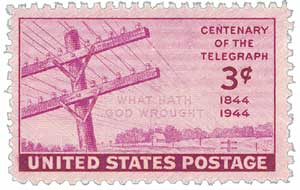
Carnegie’s hard work and dedication led him to a new job as secretary and telegraph operator at the Pennsylvania Railroad Company in 1853. Carnegie quickly rose through the ranks and learned a lot about business and management that would fuel his career. His boss at the railroad also aided Carnegie in making his first investments.
In the early days of the Civil War, Carnegie helped to open up rail lines into Washington, D.C., that had been cut by Confederate troops. He also rode on a train with the first troops to arrive in the nation’s capital. Carnegie essentially ran the telegraph service that aided in the Union victory. He once joked that he was “the first casualty of the war†after he got a scar on his cheek while trying to loosen a stuck telegraph wire.
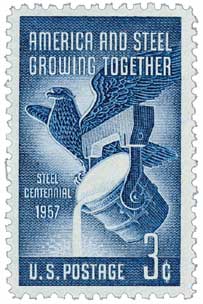
Carnegie made one of his first large investments in 1864 – $40,000 in Story Farm on Oil Creek in Pennsylvania. Within a year the farm made over $1 million and transformed Pittsburgh into a major center of wartime production. During this time Carnegie also established a steel rolling mill and found great success in the steel industry.
In the coming years, Carnegie quit the railroad and spent all of his time and money on ironworks. This resulted in the Keystone Bridge Works and Union Ironworks in Pittsburgh. Soon Carnegie owned the most extensive iron and steel operations in the country. He was successful in part because of his innovation. He implemented inexpensive and efficient mass production processes and used vertical integration to streamline his supply process. By the 1890s, he launched the Carnegie Steel Company and was the leader in American steel, which was not outproducing the United Kingdom.
When he wasn’t busy running his successful businesses, Carnegie was a writer and philanthropist. He befriended humorist Mark Twain and regularly exchanged letters with U.S. presidents, statesmen, and other writers. Carnegie donated funds for pools and a library to his hometown in Scotland, and gave $50,0000 to New York University Medical Center for what became the Carnegie Laboratory. Carnegie was also a frequent contributor to several magazines and published a number of books.
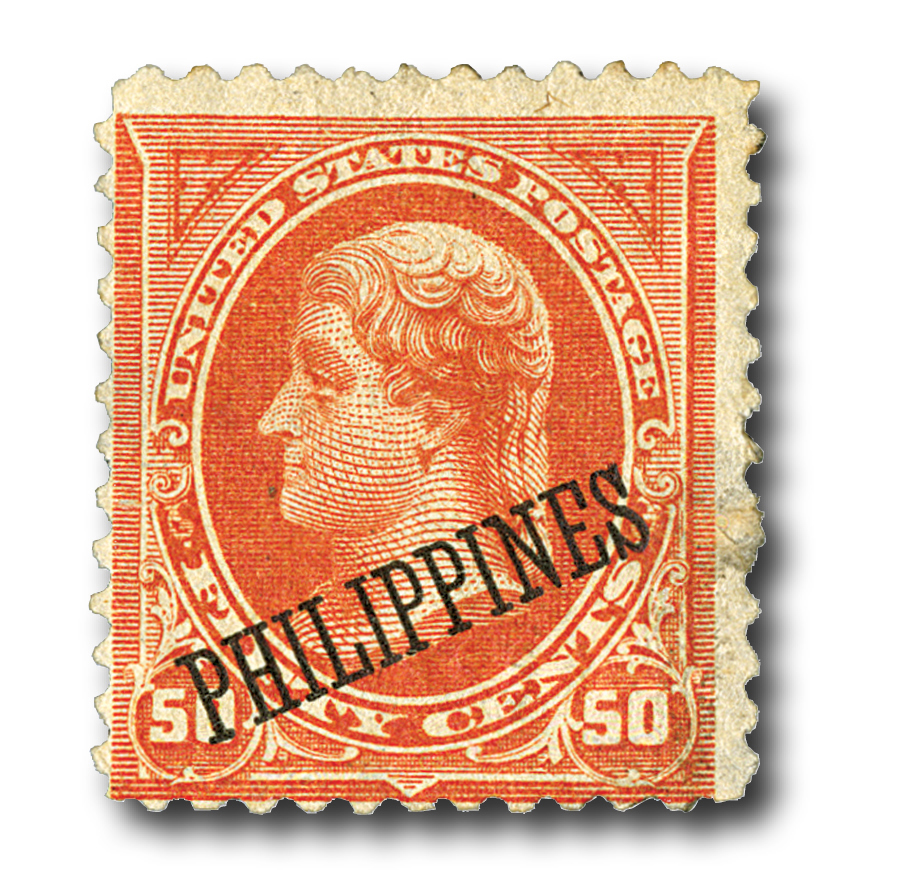
One issue that Carnegie was passionate about was anti-imperialism. In 1898, the United States when to war with Spain (the Spanish-American War). As the war drew to a close, the U.S. prepared to buy the Philippines from Spain for $20 million. Carnegie disagreed with the deal, which he considered to be imperialism, and offered to give $20 million of his own money to the Philippines so the Filipino people could buy their independence from America. No deal resulted from his offer but Carnegie joined the American Anti-Imperialist League.
By 1901, Carnegie was ready to retire from business. He worked with John Morgan Pierpont to sell his steel works and form the United States Steel Corporation. Carnegie received $225 million in bonds for his share.
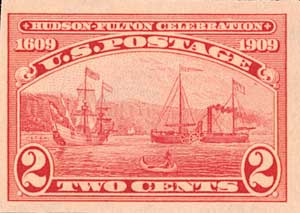
Throughout his career, Carnegie had been outspoken on the idea that the wealthy should share their good fortune to help others. Now that he was retired, he could devote much more time, energy, and money to the causes he cared about the most. Among these projects was the opening of some 3,000 libraries in the U.S., Britain, Canada, and other English-speaking countries. Carnegie also founded the Simplified Spelling Board to encourage the spread of the English language. Having received little education himself, Carnegie was devoted to providing an education to others. He gave millions to help found the Carnegie Mellon University and Carnegie Institution. Carnegie also gave $10 million for universities in Scotland, created large pension funds for his former employees, and donated a great deal of money to the Tuskegee Institute. Perhaps most famously, he built and ran Carnegie Hall in New York City.
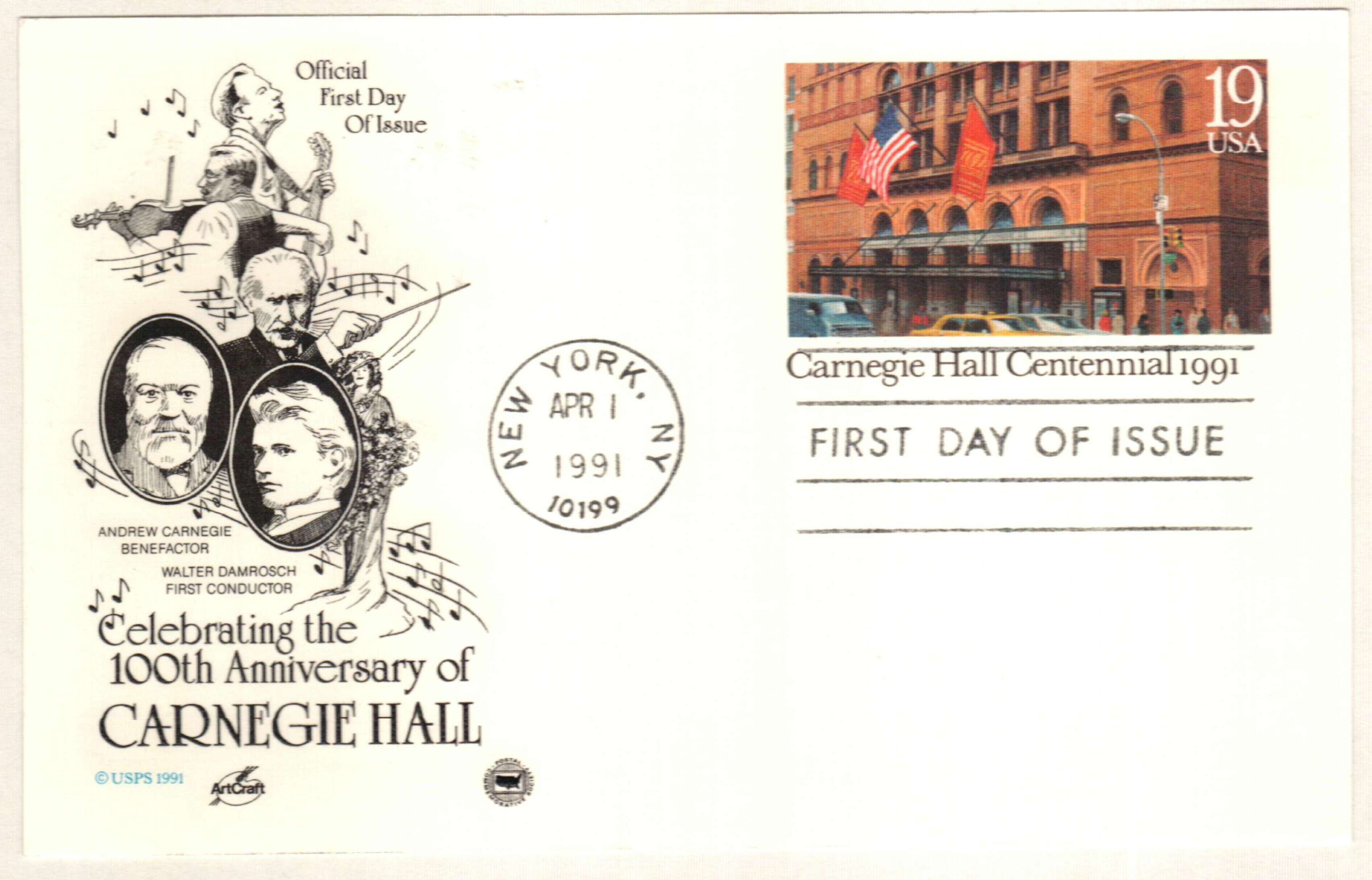
In all, Carnegie gave away almost 90% of his wealth (about $350 million) to many different causes. He also encouraged other well-off individuals to use their money in similar ways. Carnegie died on August 11, 1919. He is often considered to be a symbol of the American dream – an immigrant that came to America and found success, and later shared his riches to help others.
Â
Postal Cards
The United States Post Office Department issued its first postal card in 1873. The original rate was 1¢, and the first U.S. postal card was printed in brown with the image of Liberty inside an ornate oval frame. Modern U.S. postal cards usually have a full-color design as part of the imprinted stamp. To date, more than 370 different U.S. postal cards have been issued since the first appeared 126 years ago. Postal cards make up an enjoyable part of the stamp hobby and are a significant element of U.S. postal history. Add these neat postal cards to your collection today!
Â
Happy Birthday Andrew CarnegieÂ

On November 25, 1835, industrialist and philanthropist Andrew Carnegie was born in Dunfermline, Fife, Scotland.
By 1848, Carnegie’s family had fallen on hard times and decided to move to America in search of a better life. They settled in Allegheny, Pennsylvania, where Carnegie’s father found work as a weaver. Young Carnegie started working when he was 13 years old as a bobbin boy in a Pittsburgh cotton factory – his wage was $1.20 per week.
In 1850, Carnegie was hired as a telegraph messenger boy by the Pittsburgh Office of the Ohio Telegraph Company and was paid $2.50 per week. Carnegie worked hard and remembered every location and businessman’s face, forging important connections for the future. He was also able to distinguish and translate the sounds of the telegraph by ear, without need for a paper slip. Within a year, Carnegie was promoted to telegraph operator. He never received a formal education, but read whenever he was able, borrowing books from a local colonel. Funding libraries would one day be a significant part of his philanthropic work.

Carnegie’s hard work and dedication led him to a new job as secretary and telegraph operator at the Pennsylvania Railroad Company in 1853. Carnegie quickly rose through the ranks and learned a lot about business and management that would fuel his career. His boss at the railroad also aided Carnegie in making his first investments.
In the early days of the Civil War, Carnegie helped to open up rail lines into Washington, D.C., that had been cut by Confederate troops. He also rode on a train with the first troops to arrive in the nation’s capital. Carnegie essentially ran the telegraph service that aided in the Union victory. He once joked that he was “the first casualty of the war†after he got a scar on his cheek while trying to loosen a stuck telegraph wire.

Carnegie made one of his first large investments in 1864 – $40,000 in Story Farm on Oil Creek in Pennsylvania. Within a year the farm made over $1 million and transformed Pittsburgh into a major center of wartime production. During this time Carnegie also established a steel rolling mill and found great success in the steel industry.
In the coming years, Carnegie quit the railroad and spent all of his time and money on ironworks. This resulted in the Keystone Bridge Works and Union Ironworks in Pittsburgh. Soon Carnegie owned the most extensive iron and steel operations in the country. He was successful in part because of his innovation. He implemented inexpensive and efficient mass production processes and used vertical integration to streamline his supply process. By the 1890s, he launched the Carnegie Steel Company and was the leader in American steel, which was not outproducing the United Kingdom.
When he wasn’t busy running his successful businesses, Carnegie was a writer and philanthropist. He befriended humorist Mark Twain and regularly exchanged letters with U.S. presidents, statesmen, and other writers. Carnegie donated funds for pools and a library to his hometown in Scotland, and gave $50,0000 to New York University Medical Center for what became the Carnegie Laboratory. Carnegie was also a frequent contributor to several magazines and published a number of books.

One issue that Carnegie was passionate about was anti-imperialism. In 1898, the United States when to war with Spain (the Spanish-American War). As the war drew to a close, the U.S. prepared to buy the Philippines from Spain for $20 million. Carnegie disagreed with the deal, which he considered to be imperialism, and offered to give $20 million of his own money to the Philippines so the Filipino people could buy their independence from America. No deal resulted from his offer but Carnegie joined the American Anti-Imperialist League.
By 1901, Carnegie was ready to retire from business. He worked with John Morgan Pierpont to sell his steel works and form the United States Steel Corporation. Carnegie received $225 million in bonds for his share.

Throughout his career, Carnegie had been outspoken on the idea that the wealthy should share their good fortune to help others. Now that he was retired, he could devote much more time, energy, and money to the causes he cared about the most. Among these projects was the opening of some 3,000 libraries in the U.S., Britain, Canada, and other English-speaking countries. Carnegie also founded the Simplified Spelling Board to encourage the spread of the English language. Having received little education himself, Carnegie was devoted to providing an education to others. He gave millions to help found the Carnegie Mellon University and Carnegie Institution. Carnegie also gave $10 million for universities in Scotland, created large pension funds for his former employees, and donated a great deal of money to the Tuskegee Institute. Perhaps most famously, he built and ran Carnegie Hall in New York City.

In all, Carnegie gave away almost 90% of his wealth (about $350 million) to many different causes. He also encouraged other well-off individuals to use their money in similar ways. Carnegie died on August 11, 1919. He is often considered to be a symbol of the American dream – an immigrant that came to America and found success, and later shared his riches to help others.
Â









